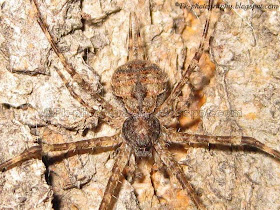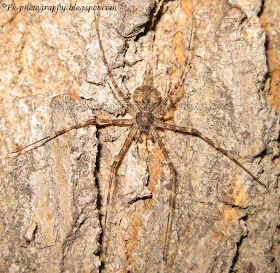Here are some pictures representing four stages of the life cycle of common emigrant butterfly.
1st Stage-Eggs
The female common emigrant butterfly lays its spindle shaped yellowish eggs individually on the back side of the host plants (Cassias). The main host plant in our area is sickle senna (Cassia obtusifolia or Senna obtusifolia).
 |
| Common Emigrant Butterfly Egg |
 |
| Common Emigrant Butterfly Egg |
2nd Stage-Larva (Caterpillar)
The caterpillar of common emigrant has agreen rough body with tiny black spots and a white lateral line sandwiched between an upper black spotted-line and a lower olive green stripe. The caterpillar reach a maximum length of about 35mm. The mature caterpillar generally stuck itself head-up under the leaf of the hostplant. A silken girdle helps it to stay in an upward position. The larval stagis completed in about two weeks.
 |
| Common Emigrant Butterfly Caterpillar |
 |
| Pre-pupa Caterpillar |
3rd Stage-Pupa (Chrysalis)
The common emigrant butterfly
pupa (measuring 20mm in length) has bright pale green color, having a yellow color line on each side running from head to tail. There is also a yellow line on the top of thorax. The color become dark with the passage of time. As the pupa mature, it's become transparent. The pupa stage lasts for about 6-7 days.
 |
| Common Emigrant Butterfly Pupa (Chrysalis) |
 |
| Common Emigrant Butterfly Pupa (Chrysalis) |
 |
| Common Emigrant Butterfly Pupa (Chrysalis) |
4th Stage-Adult Butterfly
The Common Emigrant (Catopsilia pomona), also called the Lemon Emigrant or Lemon Migrant, is a medium-sized (wingspan: 45mm-60mm) pierid butterfly found in Asia and Austrealia. This butterfly gets its name from the migration habit.
They have a great variability in colors and marks. Both the male and female have pale white upper side with a black spot at the distal end of the forewing cell though this spot is sometimes absent in the male. In the male, the upper side of the apex of the forewing is narrowly black and continues partway along the termen and costa. In the female, the black bands are wider and are continued along the entire length of the costa and termen.
The male has a sulpher or pale green underside with or without a radish-brown spot on both the forewing and hindwing. The female has pale yellow underside with radish-brown spots including three or two white centered spots. In both sexes, except for a small area on the lower half of the forewing, which is unmarked, the remaining areas are marked with very fine brown lines.
 |
| Common Emigrant Butterfly (female) |
 |
| Common Emigrant Butterfly (Male) |
 |
| Common Emigrant Butterfly (Male) |
 |
| Common Emigrant Butterflies Mating Pair |
Host Plant Cassia obtusifolia (Chinese Senna or Sicklepod)
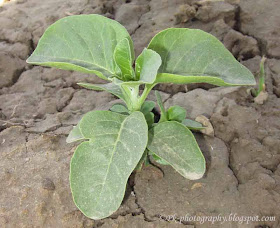
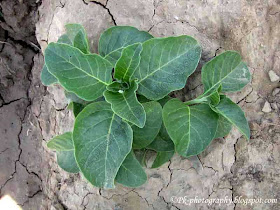

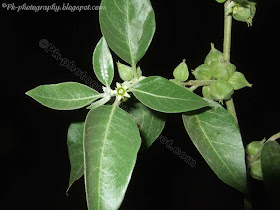

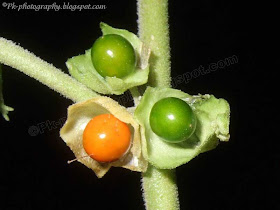

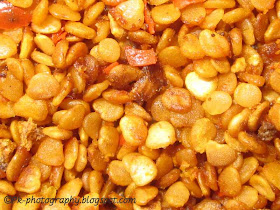

.jpg)

.jpg)

.jpg)
.jpg)
.jpg)
.jpg)
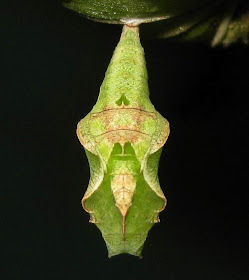
.jpg)
.jpg)
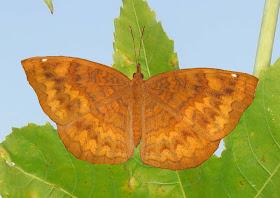
.jpg)



